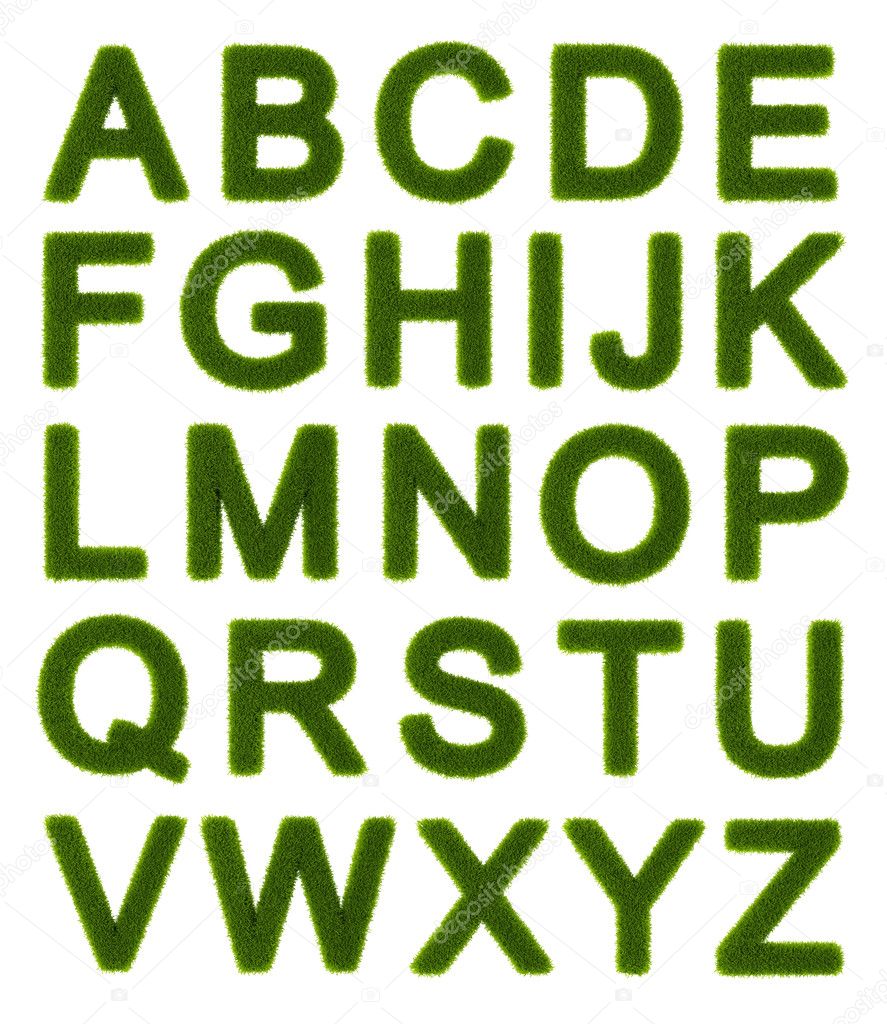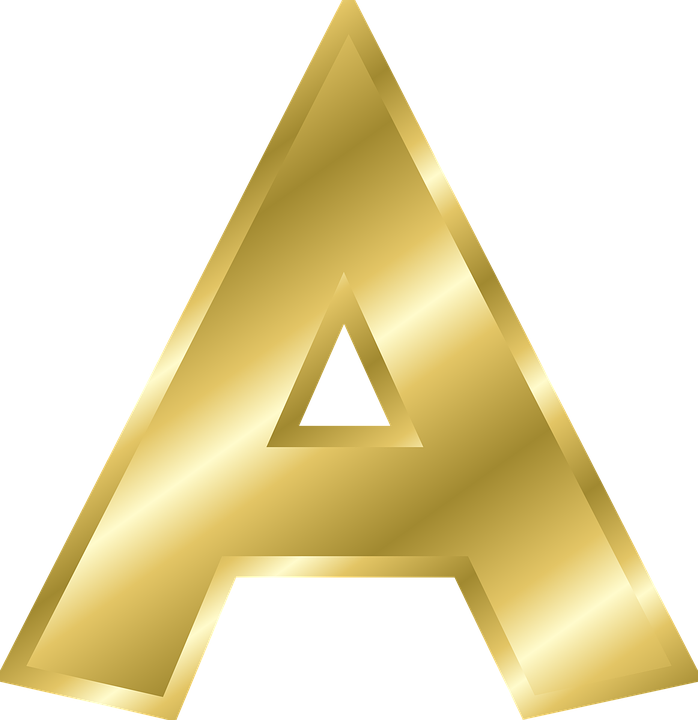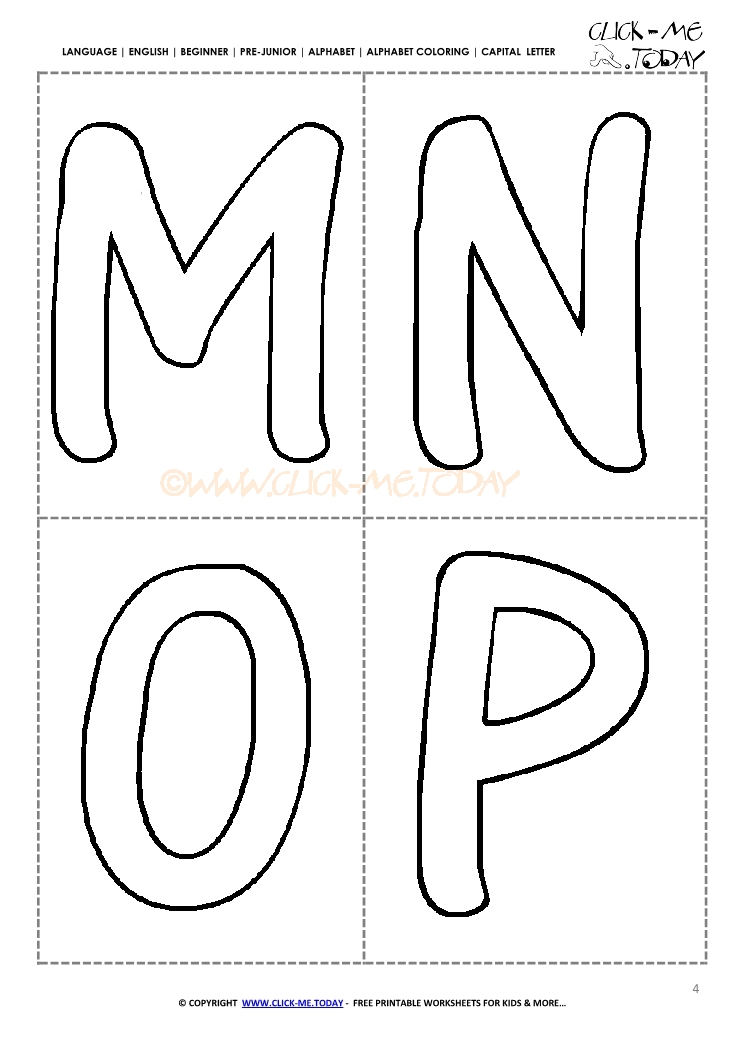

CAPITAL LETTERS FREE
This book is free culture, hosted on GitHub. When Things Go Wrong With FontForge Itself Prev Creating Your Type’s DNA Next Line Spacing Lowercase the first non-Greek letter after a capital Greek letter (e.g. Alt Case: Capitalize every other letter of your text starting with the first letter being capitalized.
CAPITAL LETTERS HOW TO
The shape and proportions of V tells you a little about how to design Y W X. First Letter: Capitalize the first letter of every word. The shape of A can tell you quite a lot about the shape of V. It also tells you a little about T and U. The shape of H tells you a bit about about I and J and the left side of B D E F K L P R. The shape of O can tell you quite a lot about the C, G and Q. The D may be similar to H or quite a bit wider. Generally the N and V are similar to H but slightly wider. The width of the E S and P may be substantially narrower than the H or may be similar. The next set of letters to consider adding are A E S I N and either P or D and maybe V.ĭepending on the style of the font you are making you may find that the capital letters require more variation in width than you have in the lower case letters. You may want to create an interpolation experiment to rapidly find how much heavier they should be. The weight of strokes in the upper case often needs to be somewhat heavier than the strokes of the lower case.

If you have a question about whether a specific word should be capitalized that doesnt fit under one of these rules, try checking a dictionary to see if the word is capitalized there. You may want to adjust the ascenders and descenders of your lower case or adjust your capitals to the lower case to create the proportion that suit the purpose of your design. This handout lists some guidelines for capitalization.

It is at this stage that you determine the proportion of the lower case to the upper case. The design of these letters should not just be in relation to each other, but also in relation to the existing lower case letters. The first two letters to design are “H” and “O”.

Just like with lower case letters, the frequency with which letters are used also remains an important factor in the choice of the letters. You begin by designing key letters whose shapes and characteristics lend themselves to the design of characters which share a common shape. Making the capital letters should follow a pattern very similar to the making of the lower case letters.


 0 kommentar(er)
0 kommentar(er)
